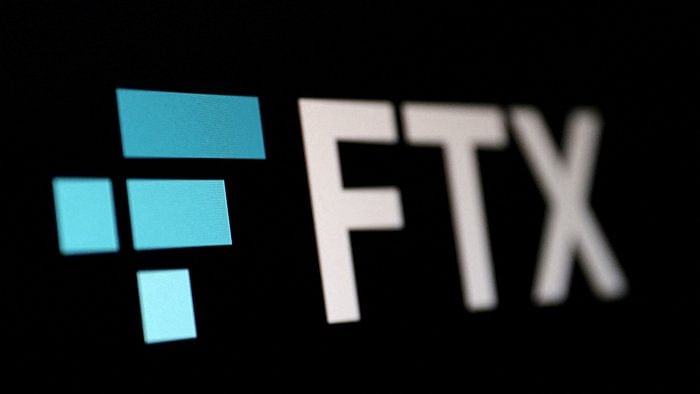
How could a $32 billion company vaporize overnight? That’s what anyone watching the sudden collapse of FTX, a hot cryptocurrency startup that plunged into bankruptcy last week, might be puzzling over.
It will take time — and multiple federal inquiries — to fully understand what happened behind the scenes at FTX, a Bahamas-based crypto exchange.
But here is the simplest explanation that I can manage: FTX let people and companies buy and sell digital currencies, holding billions of dollars’ worth of customer deposits. FTX’s founder, Sam Bankman-Fried, also created an investment fund called Alameda Research that trades cryptocurrencies. The businesses were supposed to be separate, but this year, Alameda needed cash and apparently dipped into FTX’s customer deposits. Then, this month, FTX customers became worried about their deposits and rushed to withdraw them, setting off a bank run and pushing FTX into bankruptcy.
The apparent commingling of funds between Alameda and FTX is highly suspicious and could lead to criminal fraud charges and lawsuits. The Securities and Exchange Commission and Justice Department are investigating. I want to explain why the disintegration of FTX matters — it’s more than simply one man’s financial catastrophe.
1. Crypto went mainstream in the pandemic. Regulation has yet to catch up
Cryptocurrencies were part of overlapping investment manias — including meme stocks, trading cards, non-fungible tokens and sneakers — that got people chasing speculative investments over the past few years. But not everyone buying in understood the level of risk involved.
If a bank fails, the government might bail it out. But crypto is largely unregulated — buyer beware. Hacks can’t be reversed, misplaced funds can’t be retrieved by calling customer service, and a failing crypto exchange is not likely to get a government bailout. Investors have few protections.
Risky bets at several crypto projects once deemed valuable have already led to “death spirals” this year, incinerating billions of dollars’ worth of investors’ money. But FTX and Bankman-Fried stand out. He appeared on magazine covers, schmoozed regulators, grew his profile in philanthropy and politics and even sponsored a sports arena in Miami. He made hundreds of investments in smaller crypto projects and aggressively bailed out failing ones.
Evangelists for cryptocurrencies and their underlying technology promote them as investment vehicles that eliminate the need for faith in people and institutions. But Bankman-Fried made a point of fostering trust: from investors, journalists, politicians and charities. Now he’s a pariah, and he brought all of the crypto industry under scrutiny.
2. FTX’s collapse is connected to the broader tech industry retreat
FTX fell apart amid a broader pullback for the tech industry. Tech stocks have crashed. Venture capital funding is drying up. Nearly 800 tech companies have laid off over 120,000 workers this year, with cuts hitting Meta, Amazon and Twitter.
The tough times in tech can be traced to interest rates for borrowing money. For more than a decade, rates were low, pushing investors to chase risk and pour money into high-growth tech companies. Now, rates are rising, just as the pandemic-fueled growth of the last two years fades. The rate increases have hurt tech company valuations and access to capital — including those focused on crypto.
3. There’s more to come
FTX’s bankruptcy filings list over 1 million creditors. In addition to people who used the platform to store their cryptocurrency investments and investors who backed the company directly, numerous funds and crypto startups had assets locked up there.
Investment managers that dabbled in crypto “should really be considering whether they should have relatively new, relatively unproven, relatively unregulated assets in their retirement plans,” said Marcia Wagner, founder of the Wagner Law Group, a firm focused on employee benefits. “There are certain types of assets that frankly don’t belong.”